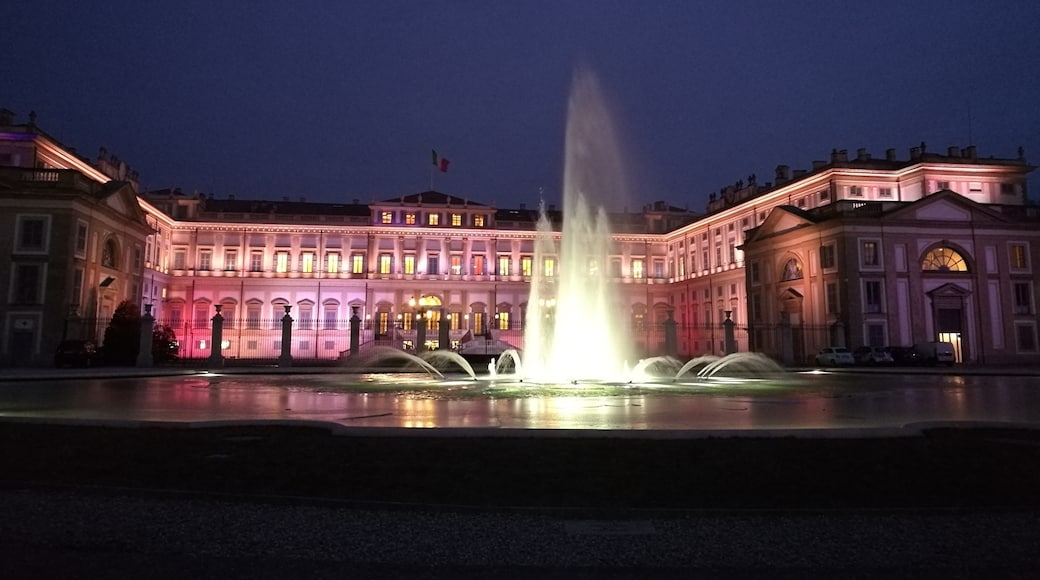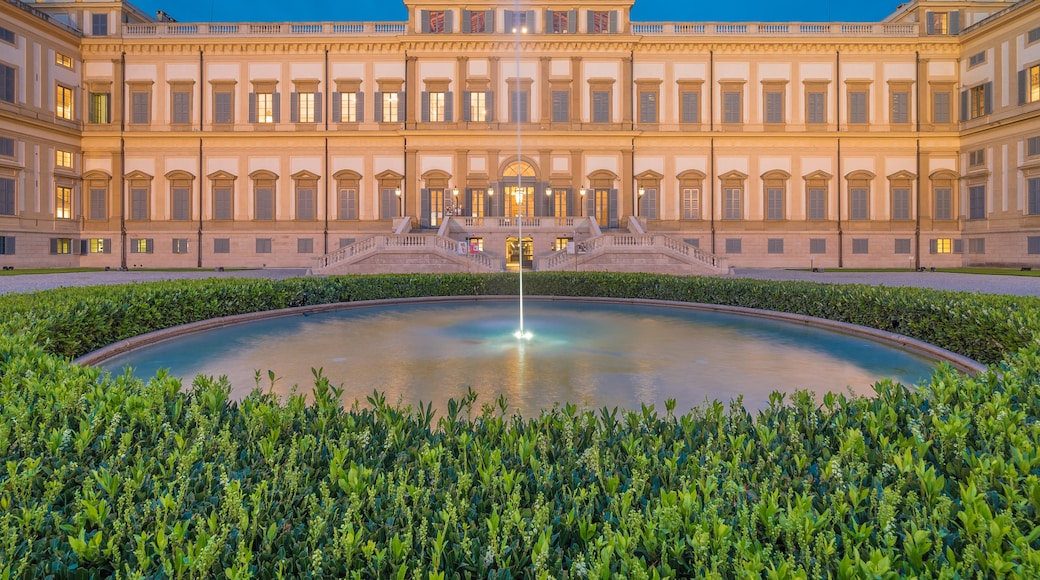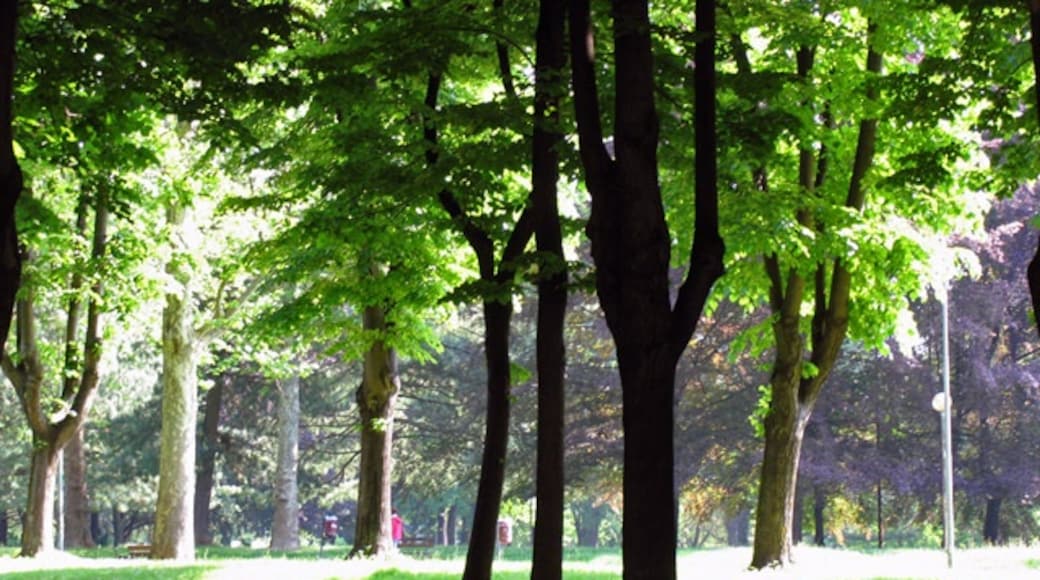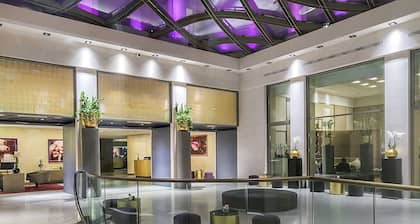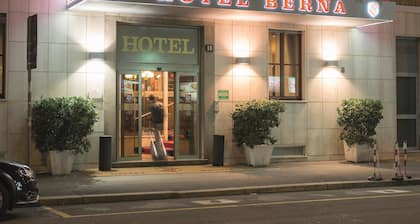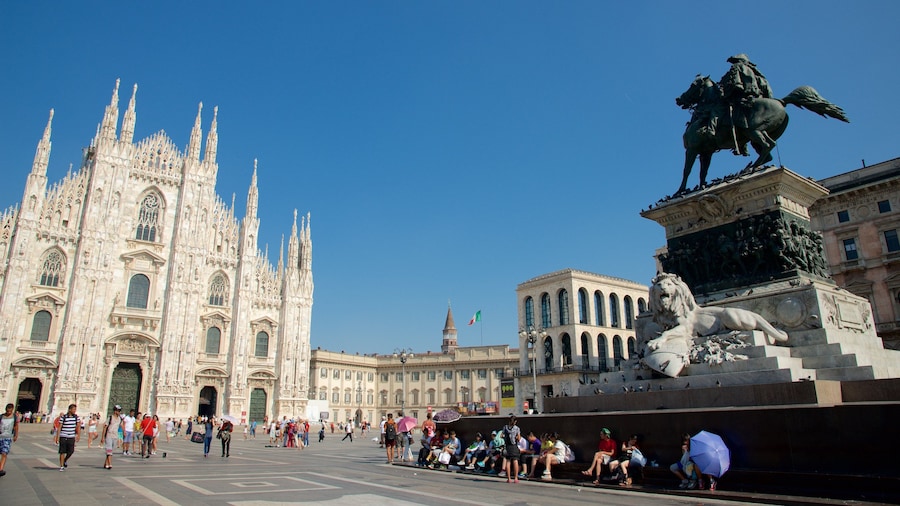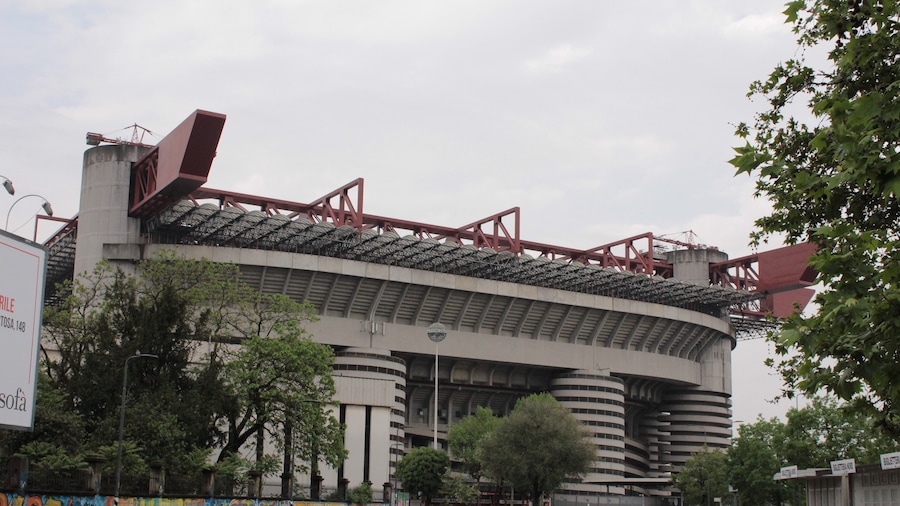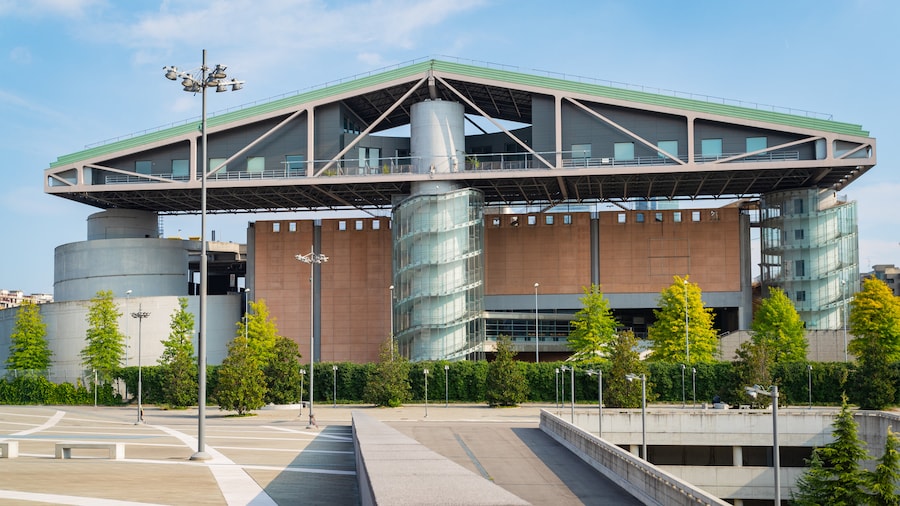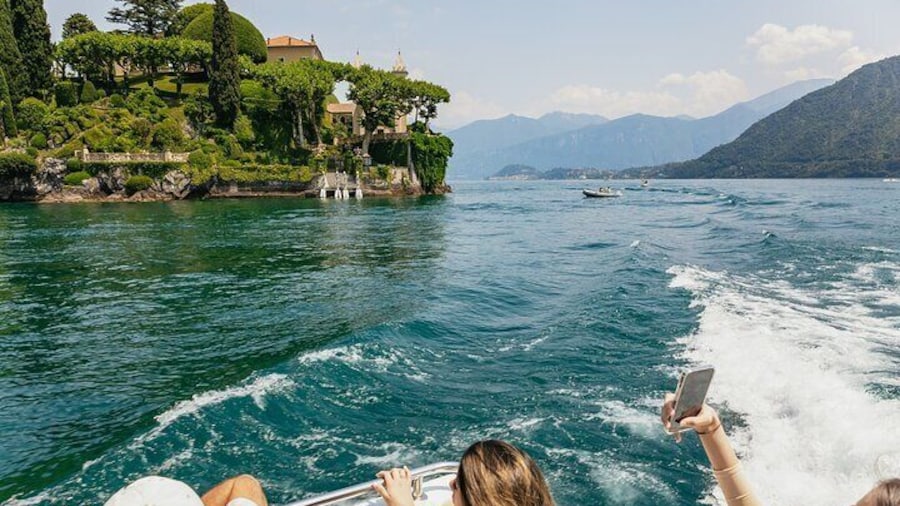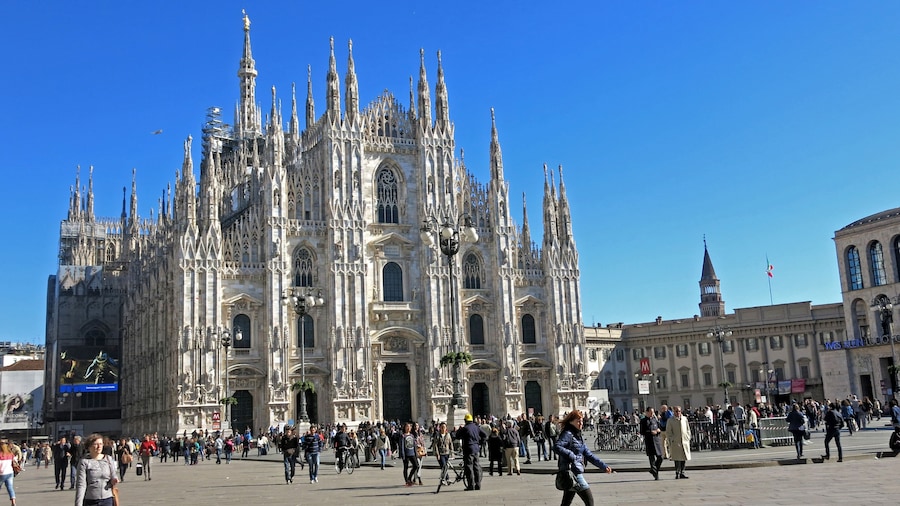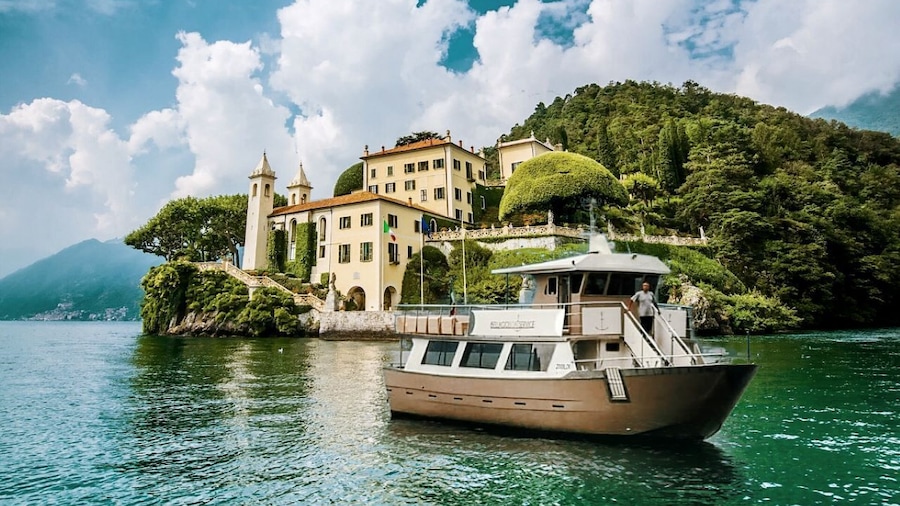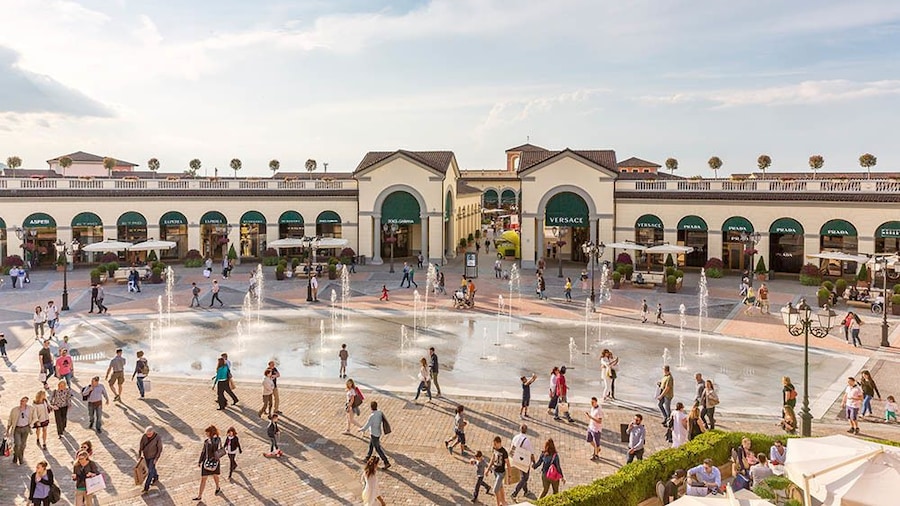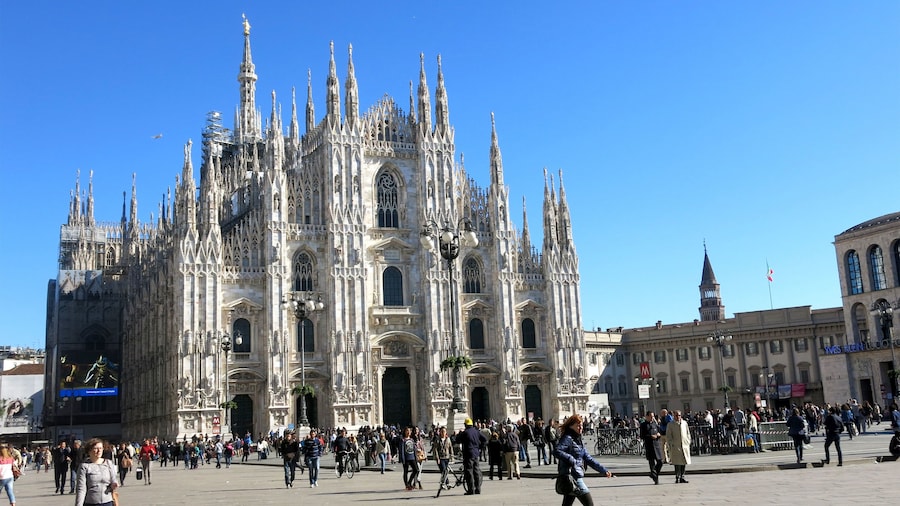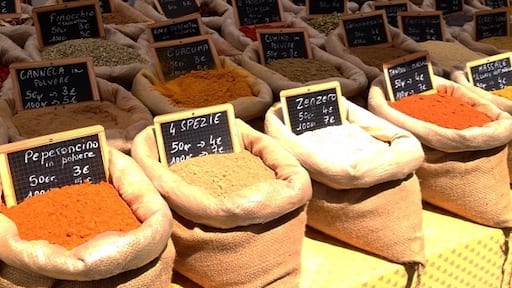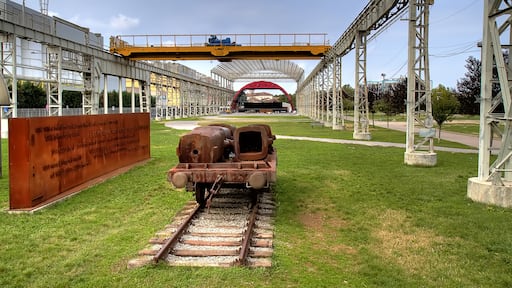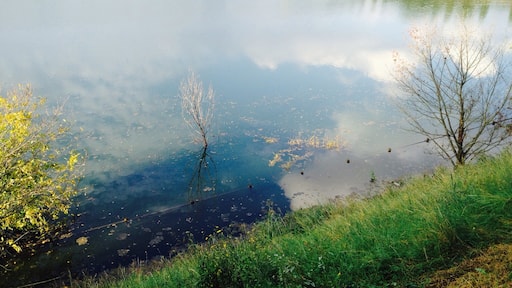A city proud of its rich history and glorious past, Monza always takes visitors by surprise, particularly because of the entirely unique relationship there is between culture and the environment. The city is famous for one of the most important automotive events in the world: during the first week of September every year, Ferrari brings its “prancing horse” and red livery to the city’s squares and main streets, raising the hopes of the many fans who come to experience the excitement of the Italian GP, excited by the smell of the asphalt on the Monza Circuit and its magical atmosphere.
Queen Theodelinda turned Monza into the most important political, cultural and religious centre of Lombardy. Subsequently, the Lombard city became the darling of Barbarossa who, thanks to the ecclesiastical and economic power of the Umiliati, transformed it into a leading artisan centre for the processing of wool and fabrics, still one of the most important in Lombardy. The Duomo di Monza (cathedral) dates back to 595, when Queen Theodelinda had a basilica called the "Oraculum" erected close to her palace, dedicating it to St. John the Baptist, with black and white marble bands. The Duomo is undoubtedly one of the city’s most important historical buildings. The church features a Latin cross layout with three naves, supported by pillars and columns decorated with centaurs, sirens, eagles and wild animals. Arriving on Piazza del Duomo from Via Italia, the cathedral makes a strong visual impact: one cannot help being fascinated by the polychrome marble façade of the church, the rose window and the large porch. However, it is the interior that makes the elegant building particularly beautiful. To fully appreciate the historical and artistic importance of this splendid church, head for the the Chapel of Theodelinda, which is covered in frescoes restored by the Zavattari family of painters-restorers from Milan, regarded as the greatest example of a pictorial cycle from the late Gothic Lombard period. The Duomo is undoubtedly one of the finest examples of fourteenth century Campionese architecture.
In the city’s old town, there are further Roman and medieval architectural remains, including those of the Arena bridge (one the eight arches of which is still standing), now replaced by the more modern Ponte dei Leoni (Bridge of Lions). On Via Santa Margherita, near the church of San Maurizio, you can still admire the ancient door to the convent that housed the Nun of Monza, a famous character from "The Betrothed” by Alessandro Manzoni. From the Via San Gerardo dei Tintori towpath, a walkway leads to the eighteenth century Bridge of San Gerardo, which offers a wonderful view of the River Lambro. Another essential stop on your holiday in Monza is the elegant Villa Reale, which precedes the park and circuit, built between 1776 and 1780 by the Empress Maria Theresa of Austria for her son Ferdinand, and used for years as a country residence by the Hapsburgs. The plan of the Villa is characteristic of Roman villas, with a central building and two wings at right angles. The eastern façade, preceded by a flight of stairs, is the most important the main courtyard, which is located between the two arms of the building, is enclosed by a railing of golden spears, built after a popular uprising that brought the insurgents to the gates of the Villa. Noteworthy are also the Hall of Honour, the apartments of Umberto I and Margherita of Savoy, the Royal Chapel, the Court Theatre and the Rotonda, frescoed by Appiani in 1789 with episodes from the story of Cupid and Psyche.
A decidedly positive feature is the local food. Wholesome, natural and sophisticated at the same time, Brianzan cuisine is closely tied to the land and the traditions of the countryside. Local food is low on ingredients but rich in flavour: among the specialities, you must try polenta vonscia, polenta conscia, lardo soup and Luganega sausage. What are you waiting for? Take a look at our holiday packages to Monza today and get ready for your next unforgettable adventure!
